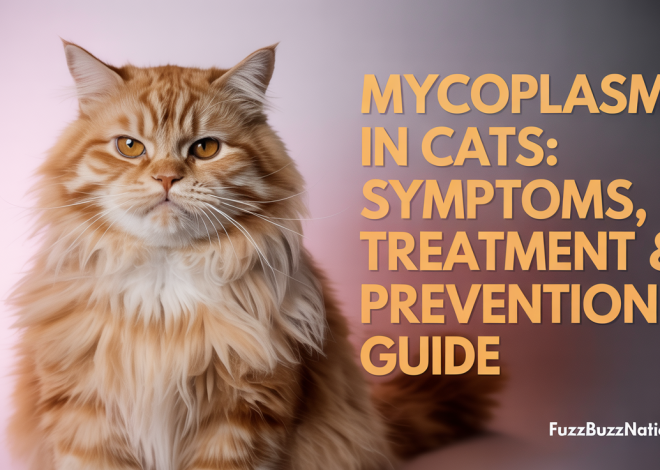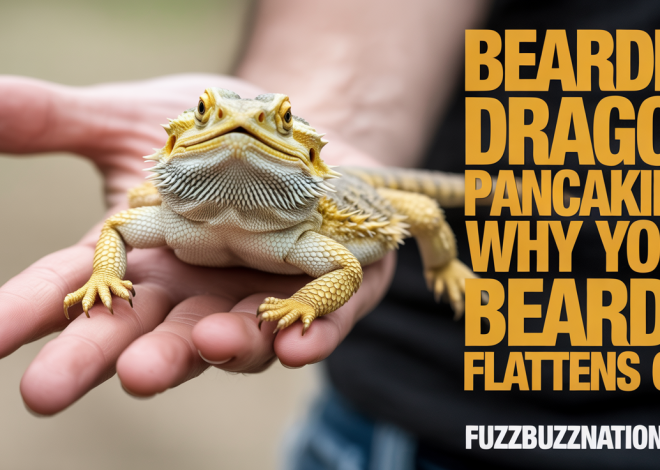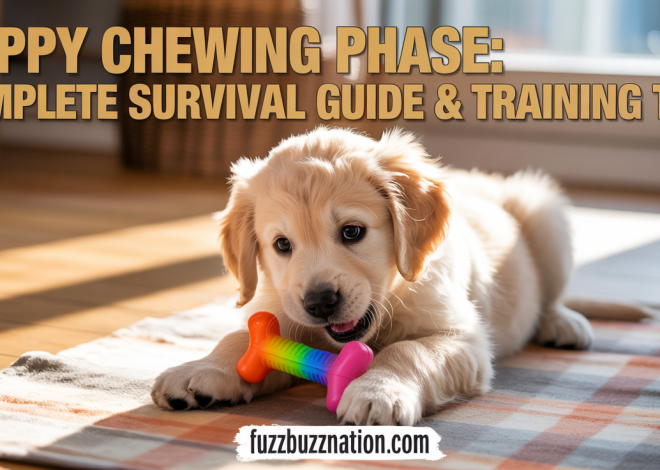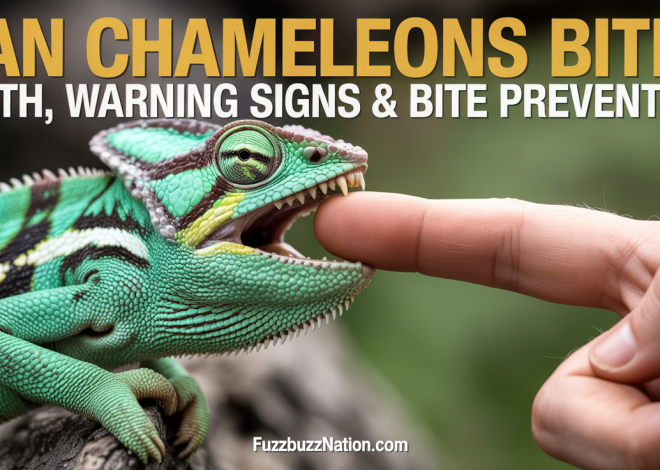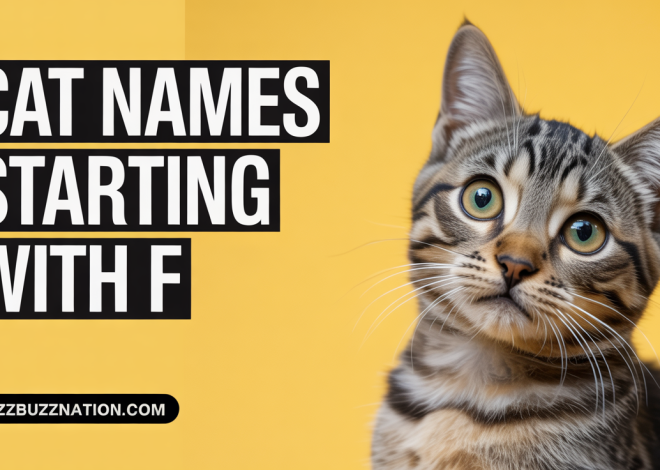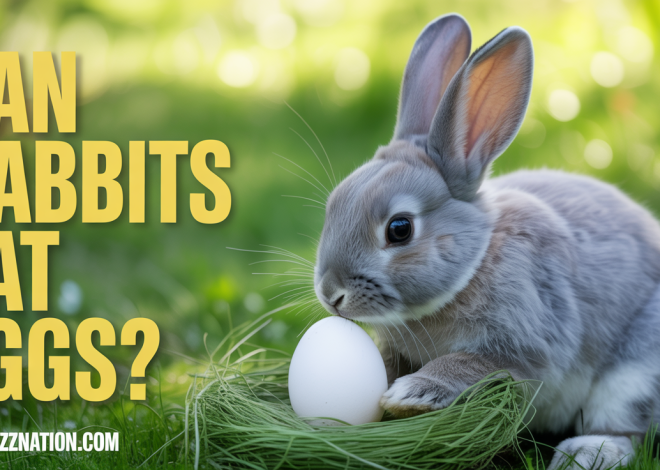Pet Wellness
Your pet’s health is a big deal—and we make it fun to learn! Get tips on pet wellness, grooming, behavior, and more, all delivered with a wag, a purr, and maybe a zoomie or two.
Can Guinea Pigs Eat Grapes? Safety Guide & Feeding Tips
Yes, guinea pigs can eat grapes, but only as an occasional treat due to their high sugar content. After caring for over forty guinea pigs at my rescue and dealing with several diabetes cases linked to excessive fruit consumption, I’ve learned that while guinea pigs absolutely love grapes, moderation is crucial. One or two small
Canine Yellow Stool: Causes, Treatment & When to Worry
After cleaning up countless yellow dog stools during my fifteen years running a boarding facility and working as a veterinary technician, I’ve learned that canine yellow stool often signals digestive issues ranging from simple dietary indiscretions to serious liver problems. While occasional yellow poop might resolve on its own, persistent color changes deserve immediate attention.
Mycoplasma in Cats: Symptoms, Treatment & Prevention Guide
After losing a rescued kitten to mycoplasma complications and subsequently treating dozens of infected cats at our shelter, I’ve learned that mycoplasma in cats is far more common and serious than most owners realize. This sneaky bacterial infection affects up to 70% of cats with upper respiratory infections, yet it often goes undiagnosed because standard
Bearded Dragon Pancaking: Why Your Beardie Flattens Out
When I first witnessed my bearded dragon, Spike, spread himself completely flat like a reptilian pancake, I panicked and rushed him to the emergency vet, convinced something was terribly wrong. The vet chuckled and explained that bearded dragon pancaking is completely normal behavior. After twelve years of keeping beardies and observing hundreds more at the
Puppy Chewing Phase: Complete Survival Guide & Training Tips
The puppy chewing phase nearly drove me to tears when I brought home my first Golden Retriever puppy fifteen years ago. Within three days, she’d destroyed two pairs of shoes, gnawed through a laptop charger, and somehow managed to eat half of my wooden coffee table leg. Through raising eight puppies since then and fostering
Can Chameleons Bite? Teeth, Warning Signs & Bite Prevention
Yes, chameleons can and do bite, though it’s relatively uncommon compared to other reptile species. After handling hundreds of chameleons during my fifteen years working with exotic reptiles and treating numerous bite wounds at our wildlife rehabilitation center, I can confirm that while chameleon bites rarely cause serious injury, they can be surprisingly painful and
Giant Ferret Breeds: Truth About Large Ferrets & Size Myths
After working with hundreds of ferrets at my exotic animal rescue and consulting with ferret breeders worldwide for over a decade, I need to clarify a common misconception: there are no true giant ferret breeds. While ferret sizes vary significantly and some individuals grow remarkably large, ferrets don’t have distinct breeds like dogs or cats—they
Cat Names Starting with F: 100+ Perfect Feline Names
Cat names starting with F offer some of the most delightful options when naming your new feline friend. After naming hundreds of shelter cats during my decade managing a rescue, I’ve discovered that names beginning with F provide incredible variety—from fierce names like Fang to fancy options like Francesca. Whether you’re seeking male or female
Can Rabbits Eat Eggs? What Every Owner Must Know
After treating numerous sick rabbits whose well-meaning owners fed them “protein-rich” eggs, I need to be absolutely clear: rabbits cannot and should not eat eggs under any circumstances. As obligate herbivores with digestive systems specifically designed for plant matter, rabbits lack the ability to process any animal proteins, including eggs, which can cause severe illness
Do Turtles Mate for Life? Surprising Truth About Turtle Love
After observing hundreds of turtle mating behaviors during my fifteen years working at a wildlife rehabilitation center and managing breeding programs for endangered species, I can definitively say that turtles do not mate for life. Unlike some birds and mammals that form lifelong pair bonds, turtles are opportunistic breeders that mate with multiple partners throughout


